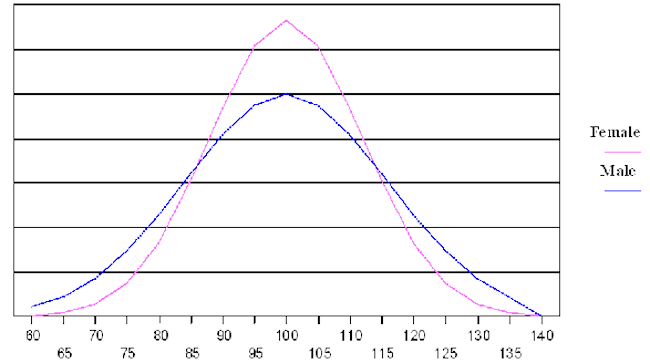
If you happen to have long labels for each data point (like when you’re charting survey results, for example), the horizontal bar chart is a better choice. However, if you want to compare the change in some metrics over time, it’s better to stick with a column chart so that time is represented from left to right. We, as readers, are particularly good at comparing the length of bars in a bar chart (in contrast to the segments of a pie chart, for example), making bar and column charts the best charts for showing comparisons.įor the most part, bar charts and column charts can be used interchangeably. Use a bar or column chart to compare independent values If you want to show similarities or differences among values or parts of a whole, you’ve got a lot of options. Return to Table of Contents Best types of charts for comparing

When making pictograms, try to stick with nice round numbers like 10 or 100 that are easy to grasp: Or an icon chart (an icon with two fill colors, where the ratio is represented by the height of the main color) to make proportions more tangible.Ī more accurate way of representing a proportion is by directly spelling it out in a pictogram, a matrix of icons in which one icon represents a unit or group of units. Use simple symbols or icons to add a bit more context–like an arrow or different sized backgrounds to emphasize growth or decline: Sometimes a single number, without any context, might not seem very significant. The nice thing about this strategy is it gets right to the point–there’s no room for misinterpretation. The easiest way to do that in an infographic is to simply use big, bold (colorful) text. So you have a single data point or key message that you want to hit your readers over the head with. Let’s review each one with some chart design best practices for each. There are a number of charts that can work for each ICCOR goal. With your goal in mind, it’s time to choose your chart! Return to Table of Contents Step 2: Choose the best types of charts to achieve that goal The things that stand out to you are the same things that you should emphasize to your readers. Look for patterns, groupings, trends, outliers, and key data points. Not sure what your goal should be? Spend some time getting to know your data. Reveal Relationships: show correlations among variables or values.Organize: show groups, patterns, rank or order.Show Change: visualize trends over time or space.Compare: show similarities or differences among values or parts of a whole.Inform: convey a single important message or data point that doesn’t require much context to understand.That goal should line up with one of our ICCOR categories, either to: Instead, start by defining a single visualization goal for your chart. If you try to dive into visualizing your data without any clear goals, you’re never going to produce anything useful. Step 1: Determine your visualization goal Choose the best chart to achieve that goal.There are two steps to making the ICCOR method work for you: Return to Table of Contents Use the ICCOR method to choose the best chart for your infographicĪt Venngage, we’ve developed the ICCOR method to help you choose the best charts for your infographic. Return to Table of Contents The most common types of charts are: The chart will instantly visualize your data once it’s imported. Under the DATA tab, click the green button labeled IMPORT and select your CSV file. In the editor, double-click on the chart to open the widget. Once you’ve selected your chart, you need to upload your data. Return to Table of Contents Adding data to your charts with CSV Import So how do you go about choosing the best chart templates for your infographic?
#GRAPH TO COMPARE HEIGHTS AND GENDER HOW TO#
WATCH: How to pick the right types of charts for your data

Strengthen the persuasiveness of claims.

Enhance comprehension of complex concepts.You have to put some thought into the presentation of the data to create clarity and boost understanding.īut I guarantee you, that little bit of extra effort you put into choosing the best chart for your data will be worth it! When used appropriately, charts can: Unfortunately, you can’t just plop some numbers into your infographic and expect your readers to gain anything from it. The best infographics fuse data with text and visuals to tell a persuasive story.


 0 kommentar(er)
0 kommentar(er)
